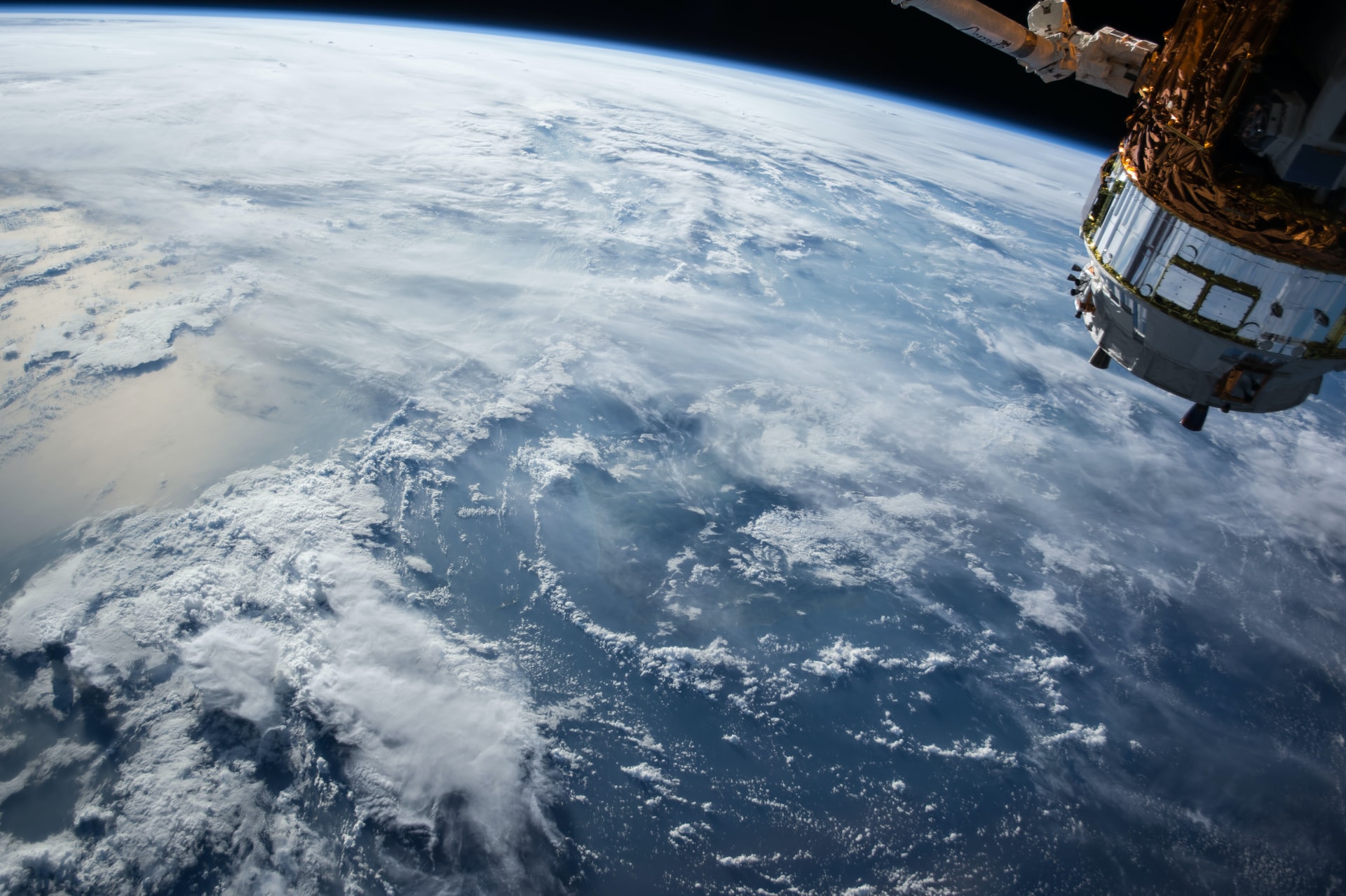You might be surprised to learn that the world’s most expensive construction project, is in fact not technically “in the world”. Rather, it can be found floating approximately 400kms above the Earth’s surface, where it orbits the planet 15 times a day. It is of course, the International Space Station or ISS for short.
Originally conceived by the Americans in the dying days of the Cold War (but needing the financial input of their old foes to make it a reality) the idea of building a space station, where human beings could live and work seemed straight out of the pages of science fiction. However, the launch in 1998 of the first section marked the culmination of what was to be the world’s largest co-operative programme in science and technology, involving the collaboration of 4 principal partner states and 11 other countries represented by the European Space Agency (ESA).
Weighing in at approximately 400 tonnes and covering an area the size of a football pitch, the total build could not be carried out in advance. There was quite simply no rocket up to the job. Instead, the various parts have been constructed at locations around the world, by a myriad of parties at differing times, before eventually being transported over the course of 40 missions and finally assembled in situ. Nothing like a challenge! To date the ESA estimates this mammoth project has cost in total (including development, assembly and running costs) $100billion.
Whilst collaboration on such a scale is a truly astronomical feat, what happens if things go wrong? As on Earth, construction projects in outer space are still prone to the same issues.
Who’s in charge?
From the first manned Russian space mission in 1961, it was soon evident to those involved in space exploration that activities this sphere required regulation. In addition to a set of fundamental assertions, such as the right for all to explore space and that no one country can own land (sorry America, just planting your flag on the moon doesn’t mean it’s yours!) a series of treaties, conventions and agreements have been implemented to ensure peace reigns in the final frontier!
As regards the ISS specifically, integral to its legal framework, is the ISS Intergovernmental Agreement (IGA). Signed by all the governments involved in the project, this allows each of them to extend their national jurisdiction in respect of any activities, equipment or personnel relating to the parts of the station provided by them and for which they continue to be responsible. Consequently, the state court of each ISS partner is able to apply their own national laws to criminal matters, intellectual property rights and issues of liability.
In relation to liability specifically, the IGA established a “cross waiver of liability” between the five ISS partners and their related entities (such as contractors, sub-contractors, users and customers), albeit with some exceptions, such as damage caused by wilful misconduct or claims for bodily injury or death. However, the smooth running of this extra-terrestrial project depends largely on the art of diplomacy and its success to date can be measured by the fact that ISS is very rarely the subject of negative press headlines!
The future
To date, the space arena has largely been the preserve of state players but private companies are becoming increasingly important. From space tourism, with the race to send the first chartered flights into space (who will get there first- Branson or Musk?) to asteroid mining, the growth of the commercial sector means a defined dispute resolution process is increasingly necessary.
Indeed, Dubai, a late comer to space exploration but nevertheless a passionate one (it sent its first astronaut to the ISS in 2019 and more recently launching a probe mission to Mars) has recognised this need. Earlier this year it announced the creation of a “space court” at the Dubai International Financial Centre (DIFC) Court, an independent, arbitration centre founded on the principles of common law which has already enjoyed much success in attracting foreign companies to arbitrate their commercial disputes. By creating a specific “space court” it is hoped that relevant companies and institutions, wherever they are based, can now take any grievances before the tribunal and further, any new contracts will be able to specify the “space court” as the designated forum for any future disputes.
For the moment, construction continues on the ISS with the intention that it will continue in service for at least the next few years. However, as the saying goes all good things must come to an end and having navigated a way through all the trials and tribulations of its construction, those involved now need to turn their attention to the question of how and who will be responsible for the “out of this world” task of its deconstruction?
References
1)www.esa.int
2)www.iss.tass.com
3)www.nasa.gov
4)These 11 laws are what keep space from becoming the wild west (businessinsider.com)
5)Dubai creates ‘space court’ for out-of-this-world disputes | The Times of Israel
6) How the most expensive structure in the world was built – BBC Future
7) International Space Station, facts and photos (nationalgeographic.com)
8) Dubai creates ‘space court’ for out-of-this-world disputes | The Times of Israel




